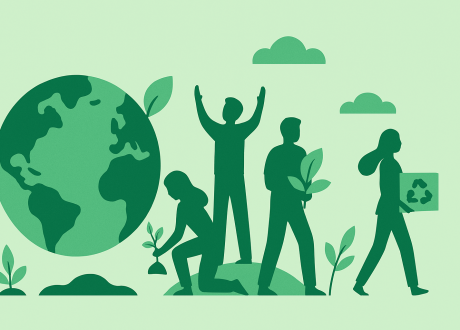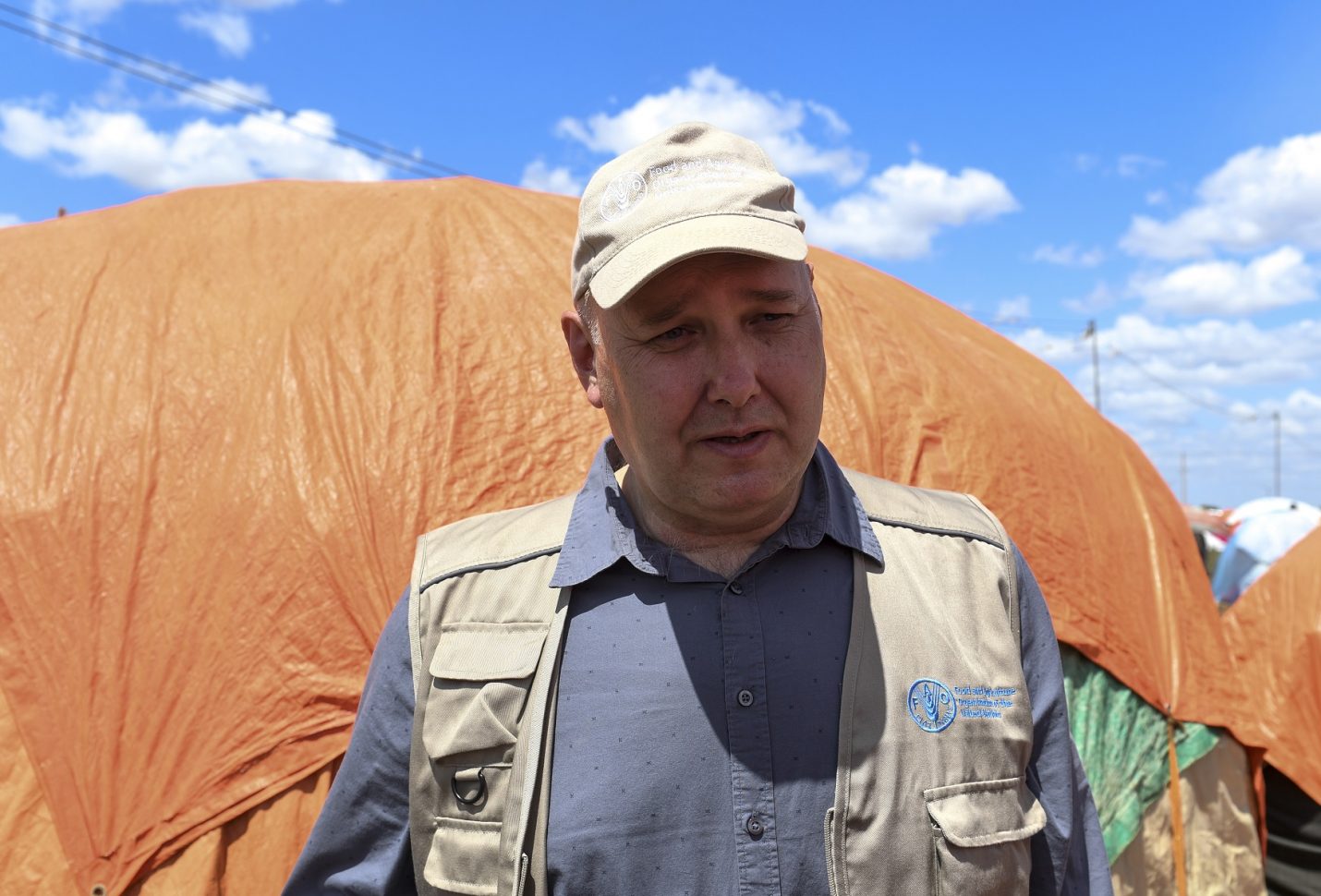
5 Steps to Build an Effective CSR Strategy
In today’s business landscape, Corporate Social Responsibility (CSR) has evolved from being a “nice-to-have” to ...

The Food and Agriculture Organization (FAO) urgently needs $131.4 million to assist 882,000 people across 55 districts with immediate lifesaving and livelihood support. These famine prevention efforts in Somalia are only 46 percent funded, and part of FAO’s wider Horn of Africa Drought Response Plan, covering also Kenya, Ethiopia and Djibouti.
More than 900,000 people in Somalia, mostly living in rural areas, have moved to internally displaced persons camps since January 2021 due to the drought and lack of livelihood support.
There is a reasonable chance of famine in eight areas by September 2022 if crop and livestock production failure is widespread, key commodity prices continue to rise, and humanitarian assistance fails to reach the most vulnerable.
Rein Paulsen,the Director of the FAO Office of Emergencies and Resilience, has recently visited Somalia where people could be experiencing famine by next month.
He said “We are deeply concerned about the drought situation and how vulnerable households are being affected. I have just spoken with a family of seven. They came here [to a displaced persons camp] seven months ago. They came here because their livestock had died. They came here because they had no means to survive in the rural areas. Where they were living was more than 100 kilometres away.”
“Hunger response begins in rural areas, at the center of the crisis where food producing communities are hardest hit by drought. We cannot wait for famine to be declared; we must act now to safeguard livelihoods and lives,” he added.
With agriculture accounting for up to 60 percent of Somalia’s gross domestic product, 80 percent of its employment, and 90 percent of its exports, it is so vitally important that agriculture is correctly understood as a frontline humanitarian response. Not only does it meet needs, it reduces the drivers of those needs effectively. Agriculture needs more attention and more funding to enable timely action in response to agricultural seasons.
“We absolutely have to scale up our response in rural areas to help the vulnerable people where they are. It is more effective. It is more humane. We absolutely must collectively scale up our efforts. But I have to say, the level of assistance that’s being provided now is not enough. So we need multi-sectoral responses, supporting livelihoods. But to be able to do that we need a lot more funding from donors to come in,” he added.
“Our focus is very much on livelihoods. It is about providing cash to allow people to buy food to survive. It is about keeping their animals alive with emergency feeding, with vet treatments, with water supplies for animals in a drought context, which is extremely important. Despite the challenges from inadequate and poorly distributed precipitation, we must also ensure help for farmers to plant where possible. This is particularly true in riverine areas where, despite the challenges with rainfall, cropping with irrigation is feasible. These are the practical types of activities required,” he said.
“We have urgent problems with funding and adequate attention, given the scale of the crisis. Since April last year and the failure of successive rains, we have been ringing the alarm bells for anticipatory action and early response, but it hasn’t happened at the levels needed. Vulnerable farmers are forced to move as livestock are dying and crops failing. Now everyone has to mobilize quickly and at scale,” he added.
اترك تعليقا